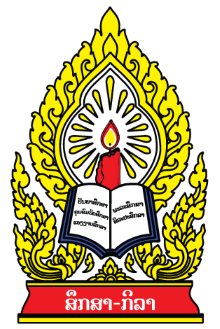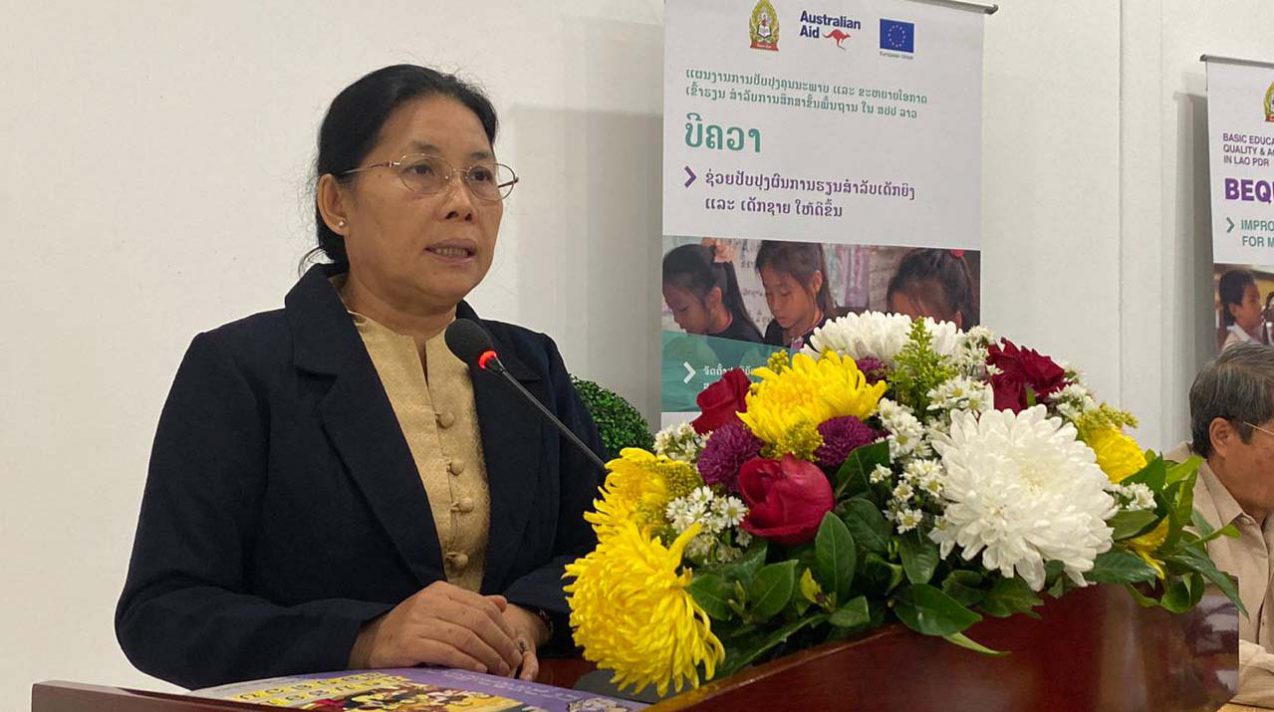In preparation for the implementation of the new Grade 2 curriculum and commencement of Grade 3 writing, education stakeholders convene to discuss how to address multigrade teaching in primary school
Multi-grade teaching occurs in primary education when a teacher has students of two or more grades in the same class. In this challenging situation, the teacher will have to present topics using different materials for students of different ages, grades and abilities, all within the same time classroom. Teachers often have not received adequate training or support to teach multi-grade classes and often also have to deal with negative attitudes regarding multi-grade teaching and learning from parents and communities. In rural villages in Laos, it is not unusual for 75% or more classrooms to have children of different ages and grades. The more isolated and disadvantaged the village, the more that percentage increases. In Laos and other countries, multi-grade teaching can address teacher shortages and increase access to education for rural children.

The Ministry of Education and Sports of Lao PDR (MoES) is taking the opportunity provided by the primary curriculum renewal to explore and address multigrade teaching and learning..
On 23 January 2020, the Research Institute for Educational Sciences (RIES) hosted the first national “Symposium on Multi-Grade Teaching and Learning, with support from the Australian Government and the European Union. The symposium was chaired by Dr Onekeo Nouannavong, Director General of RIES and Ajan Keth Phanhlack, Director General of Department of Teacher Education (DTE). The goals of the symposium are to understand different multi-grade teaching and to discuss what has worked in the past and options for a new approach. The symposium brought together 36 participants from across the education sector, including officers from RIES, DTE and Department of General Education, Teacher Training College teacher trainers, provincial and district MoES officers as well as teachers and principals to share views and experience on multi-grade teaching.
Dr Onekeo said “Multigrade teaching is necessary in Laos and needs to be implemented in parallel with monograde in order to ensure all children have an equal opportunity to receive good quality education and become life-long learners”.
Through a mix of plenary, group and panel discussions, the participants reviewed and discussed the extent to which multi-grade teaching and learning is prevalent in Laos. They analysed the challenges faced by teachers, school principals and learners in multi-grade classrooms and the innovative ways in which they adapt to increase learning. Experts presented international best practices in multi-grade teaching and learning, and Non-Governmental organisations introduced several models of multi-grade teaching that have been piloted in Laos including their strengths and weaknesses. The participants also discussed the Grade 2 training needs as the in-service training for the new Grade 2 curriculum will start in May with the preparation of the Master Trainers.
The symposium helped the curriculum writers and the teacher training team to examine teaching practices that could be used in multi-grade classes and the importance of supporting teachers to incorporate them. A Multi-Grade Teaching and Learning Task force with representatives from important MoES departments and divisions was formed to determine next steps to improve the learning outcomes of primary Lao students.
https://www.facebook.com/IMCLaos/videos/636583463761842/




 ພາສາລາວ
ພາສາລາວ

